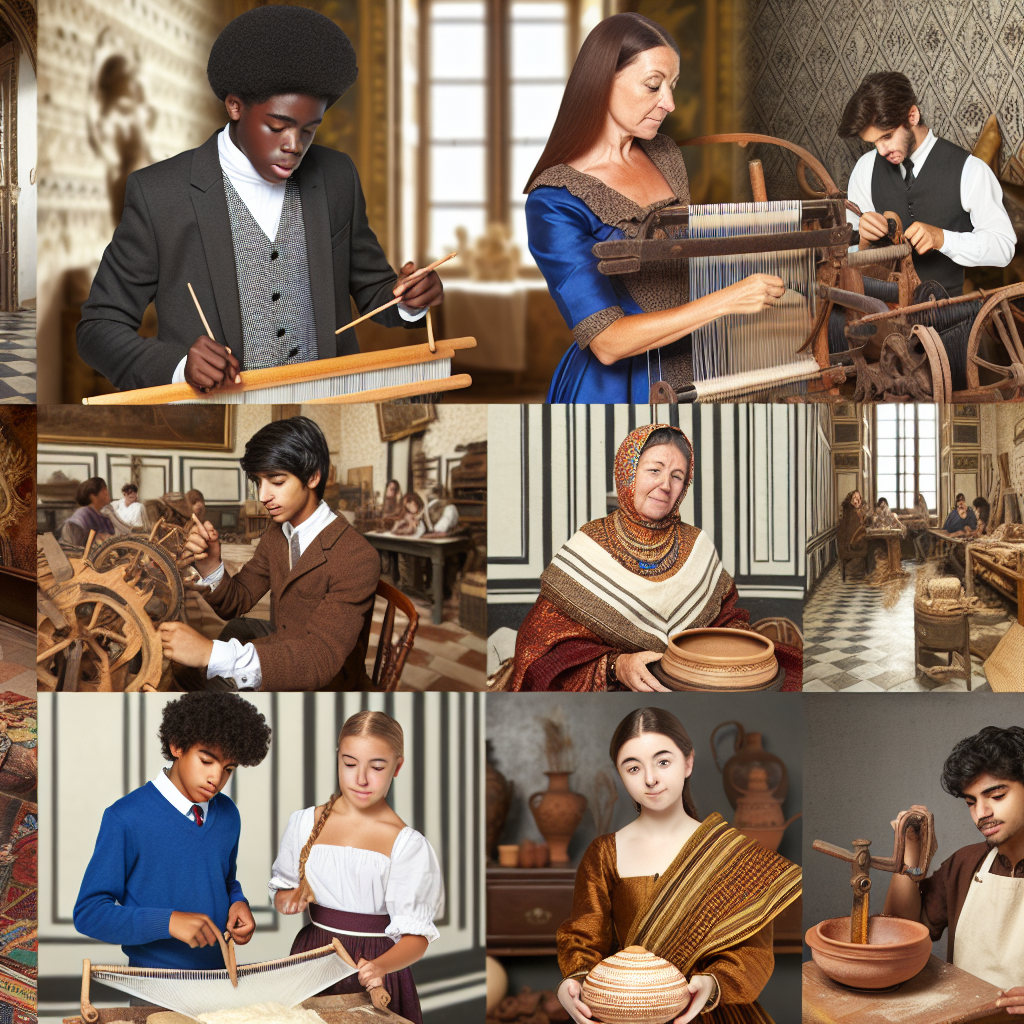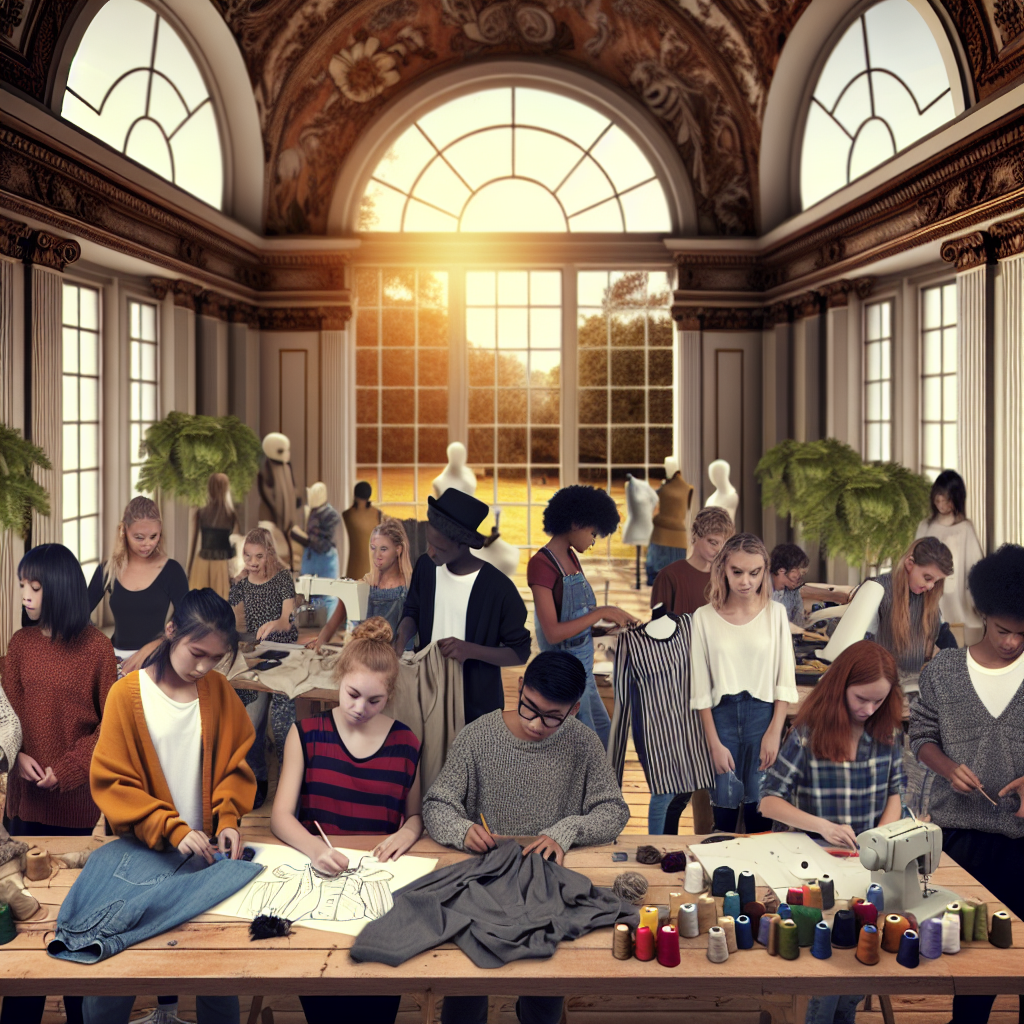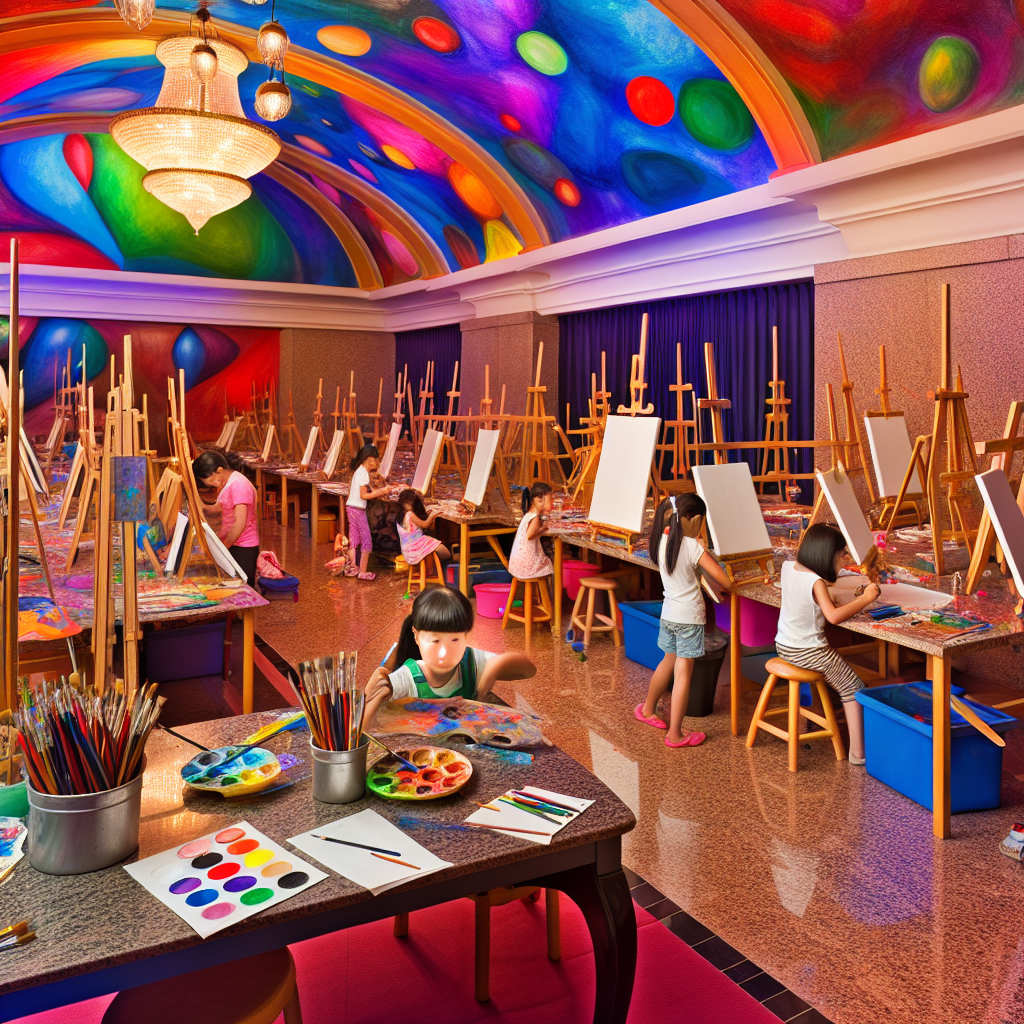Heritage Craft Education: Why Elite Families Are Investing in Traditional Artisan Skills
In a world dominated by digital technology, the global elite are rediscovering the importance of tradition, craftsmanship, and cultural preservation. Discover why heritage craft education is becoming an essential part of modern enrichment for the next generation of socially conscious, hands-on thinkers and global citizens.
Luxury Parents Embrace Artisan Skills in a Digital World
In an age shaped by rapid innovation and digital immersion, a growing number of affluent families are pivoting towards something refreshingly analog: heritage craft learning. From traditional blacksmithing and ceramics to basket weaving and textile arts, these ancient practices, once the domain of village elders and local artisans, are now being rediscovered as luxury educational pursuits.
Parents who have spent years cultivating their children’s proficiency in tech-centric programs—like STEM camps and coding bootcamps—are now seeking balance. They turn to artisan education not just for its novelty, but for its deeper benefits: hands-on engagement, cultural immersion, and the cultivation of patience and introspection in an overstimulated world.
From Cotswolds to Kyoto: Where the Elite Learn to Make
Around the globe, exclusive educational retreats in places like Tuscany, the Cotswolds, and Kyoto are offering master-led sessions in everything from Damascus steel forging to Japanese indigo dyeing. These immersive programs give children direct access to the tools, techniques, and traditions once guarded by artisan guilds and family lineages.
For families already curating lifestyles around ethically sourced, heirloom-crafted goods and conscious consumption, artisan programs offer a way to pass these values down. Children don’t just learn how things are made; they learn respect for the labor, history, and meaning behind them.
Elite families view such experiences as intentional steps in shaping a future-ready identity—rooted not only in wealth but in cultural knowledge, skill, and integrity.
Craft Skills as a Path to Sustainability and Conscious Living
The rise of heritage craft education aligns perfectly with the values of sustainability, slow living, and mindful consumption. Learning how to carve, sew, or throw clay connects students with natural materials and teaches them to value reuse and repair over disposability.
Handmade skills develop patience, precision, and a sense of accomplishment. Children witness the transformation of raw materials into meaningful creations—providing insight into the ecological and social impact of fabrication. This awareness, often absent in a consumer-driven society, helps them grow into more thoughtful and capable individuals.
By acquiring these skills, children nurture not just creativity, but resilience and independence—qualities essential for navigating both complex global challenges and personal development.
Scientific Support: What Research Says About Craft and Cognitive Development
The educational value of craftsmanship is backed by emerging research in developmental psychology and neurology. A study published in Frontiers in Psychology found that fine motor skill activities such as hand-stitching and woodworking significantly enhance executive function, attention control, and emotion regulation in children.
Meanwhile, Dr. Howard Gardner’s theory of Multiple Intelligences recognizes “bodily-kinesthetic intelligence” as a vital yet often underdeveloped capacity. Craft skills allow learners to engage with real-world physics, develop muscle memory, and cultivate hand-eye coordination in ways that traditional classrooms often overlook.
The integration of fine motor and cognitive function is essential for child development—especially in a generation growing up on screens. These hands-on skills provide a much-needed bridge between tactile experience and mental growth.
Craft as Culture: Shaping Global Citizens Through Tradition
As children learn to sculpt clay, embroider with silks, or weave on ancient looms, they’re also learning about the customs, histories, and philosophies of the people who originated these traditions. Exposure to such intangible cultural heritage strengthens their ability to engage cross-culturally.
UNESCO highlights the significance of invisible traditions like craftsmanship in forming a shared sense of humanity. According to UNESCO, preserving these skills helps promote respect for cultural diversity and enrich understanding between communities.
Whether working with a Japanese shodō master or learning Mayan pottery techniques, students gain perspective, humility, and empathy—the foundational traits of 21st-century global citizenship.
The New Legacy: Shaping Values and Identity Through Craft
For high-net-worth families, heritage craft education isn’t just about passing a weekend—it’s about passing down legacy. The act of creating something tangible helps young people develop a personal relationship with their lineage, especially for families with strong ties to art, design, or entrepreneurial crafts.
Some private family offices have started incorporating artisan sessions into intergenerational retreats or succession planning. Helping heirs restore antique furniture, create bespoke leatherwork, or even design family coats of arms through silversmithing introduces a hands-on, emotionally resonant approach to legacy education.
This focus on skill and story over status encourages groundedness and purpose—nurturing future leaders who not only inherit wealth but appreciate the history and effort behind enduring value.
Where to Find Elite-Level Heritage Craft Programming
Experiential learning institutions and bespoke travel companies are designing curated craft experiences for high-income families looking for deeper, transformative enrichment. Some standout programs include:
- Gstaad Handcraft Academy – Located in the Swiss Alps, this program teaches children woodworking, textile weaving, and metal forging with master artisans.
- Kyoto Traditional Arts Centre – Offers immersive training in Japanese calligraphy, papermaking, and traditional lacquer art from celebrated craftspeople.
- Santa Fe Artisan Residency – A tailored residency involving tribal artisans from the American Southwest, teaching Native American pottery, beadwork, and weaving.
- Cremona Strings Restoration Program – Students study with expert luthiers in Italy, learning the centuries-old traditions of violin-making and restoration.
Elite boarding schools and summer programs are also increasingly weaving craft education into their offerings, viewing artisan experiences as core to developing holistic, culturally savvy students.
Conclusion: The Past is the Future of Education
For families pursuing purpose beyond privilege, heritage craft education offers a powerful narrative. These ancient skills encourage reflection, discipline, beauty, and intention—values that modern life often rushes past.
Rather than losing relevance, traditions like woodcarving or weaving are finding new life in the hands of the youth—helping them connect past to present, self to society. And therein lies the new definition of success: not only to innovate, but to preserve; not only to acquire, but to create.
By learning how things are made, children begin understanding how values are formed—through repetition, patience, story, and care. That, perhaps, is the most enduring legacy of all.
References
- Frontiers in Psychology: Fine Motor Skills and Executive Function in Childhood
- Harvard GSE: Howard Gardner on Multiple Intelligences
- UNESCO: What is Intangible Cultural Heritage?
- The Craftsmanship Initiative: Why Crafting Matters in a Digital Age
- The Guardian: The Rise of Slow Education and Craft Schools

Dominic E. is a passionate filmmaker navigating the exciting intersection of art and science. By day, he delves into the complexities of the human body as a full-time medical writer, meticulously translating intricate medical concepts into accessible and engaging narratives. By night, he explores the boundless realm of cinematic storytelling, crafting narratives that evoke emotion and challenge perspectives. Film Student and Full-time Medical Writer for ContentVendor.com




